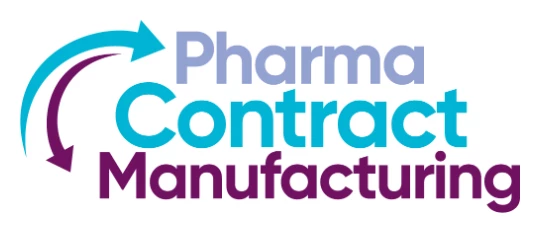FDA to Issue Guidance on the Biosimilar Pathway by End of 2011
Add bookmarkIt was only matter of time before the United States Food and Drug Administration (FDA) put in place guidance for the marketing of biosimiliars – and it would seem that time is almost upon us.
Global spending on biosimilars is expected to reach $2 billion (£1.3 billion) by 2015, which equates to around 1 percent of global spending on biologics, according to new analysis by IMS Health.
Speaking to Reuters, Janet Woodcock, head of FDA's Center for Drug Evaluation and Research, stressed these new drugs will require a unique set of regulations, hinting not all biosimilars will be required to undergo human testing.
"It depends on how confident you can be of the absolute sameness to the innovator product. There's a spectrum ... some will get much closer than others in your ability to characterise them," she explained.
New regulation
The United States is already behind Europe in the development of a market for biosimilars, having yet to receive a singular biosimilars application when Woodcock's comments were made in early May.
Indeed, she told the news agency that there is a lot the FDA can learn from European regulatory authorities, specifically citing being able to identify the maker of certain drug.
And there are already a number of players said to be lining up to gain access to the potential vast market.
Woodcock said she believes the biggest players in the market are likely to be current generics manufacturers, companies making branded biotechnology products and those who have not yet entered the United States market.
"We are meeting with companies individually right now and giving them advice on their programs," she added.
Entry delay
Yet, the general consensus among industry analysts is that it will not be until 2014 that new biosimilars enter the US market, although this will be spurred on by the 30 biologics which are set to drop off the patent cliff between now and 2015.
Murray Aitken, executive director of the IMS Institute for Healthcare Informatics, said on a call with reporters that he believes the "regulatory pathway will not be cleared" for the next three years at least, Pharma Exec reported.
"We've been watching this in the European market, and we've seen a pattern where for the first two or three years, the penetration was relatively low, but it's begun to take off, especially in Germany," Aitken said.
He concluded: "I think it's fair to say that we expect in the 2015 to 2020 period, biosimilars will see a high rate of growth and share of the market."
Biosimilars also present their own manufacturing challenges, which could further add delays. However, some of these barriers could be offset to some extent by proposed changes which may be brought in the government's 2012 budget.
Industry insiders believe President Obama could cut the exclusivity period for biologics and take steps to prevent evergreening, potentially increasing the opportunities for biosimilar manufacturers.
Financial burden
Experts are already warning that the cost of producing a biosimilar drug will mean prices for therapies will not fall in the same way that they have done for generics.
However, the FDA could also put an additional financial burden on producers, suggesting they initially should pay the same fees as those paid with applications for branded drugs.
Proposals from the regulator suggest funds could be charged earlier in the development pipeline and more will be levied in the development phase, the notice from the FDA suggests.
"Given that the approval pathway for biosimilar and interchangeable biological products is new, FDA services are most critical for continued and successful development of biosimilar and interchangeable biological products during the investigational stage prior to submission of a marketing application," the notice reads.
Much conversation between the industry and regulators in the United States is likely to take place as ways of regulating this relatively new class of drugs are devised.
And even though it is predicted there will be a delay once the guidelines have been drawn up, the eagerness of major pharmaceutical companies and the potential benefits of the drugs are what have led analysts to predict a bright future for biosimilars.



















